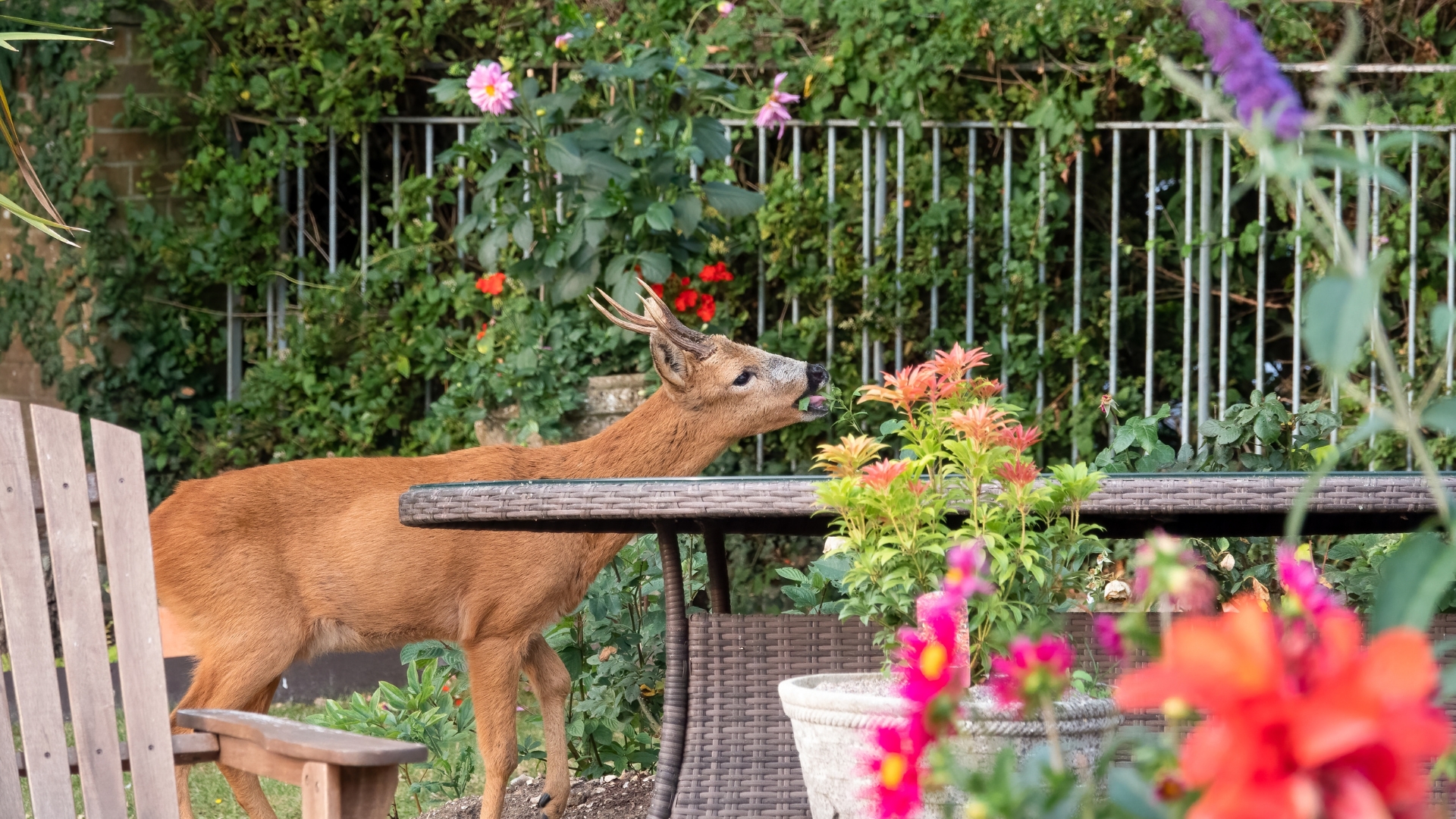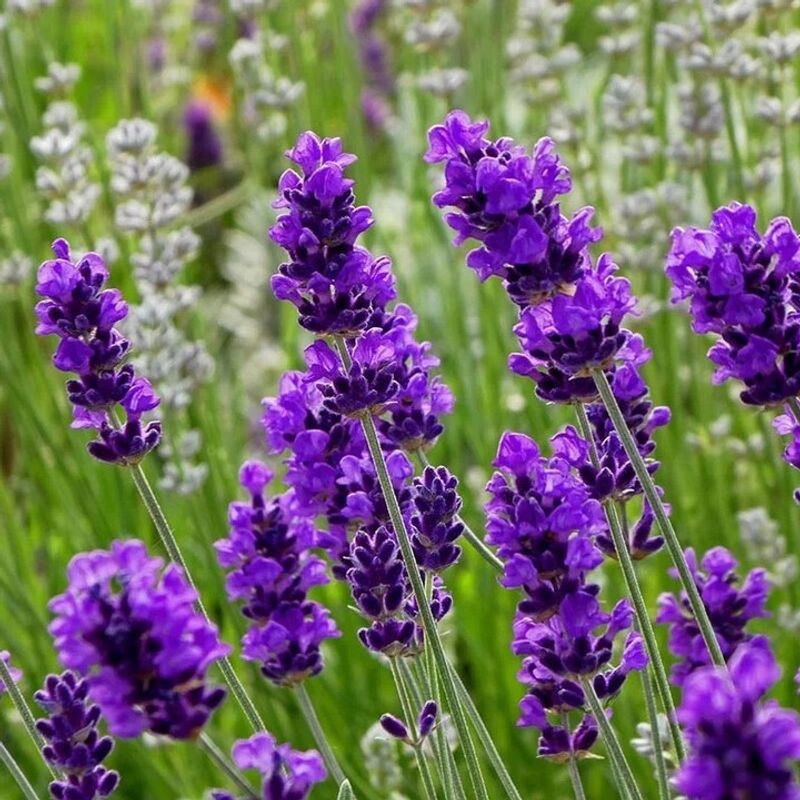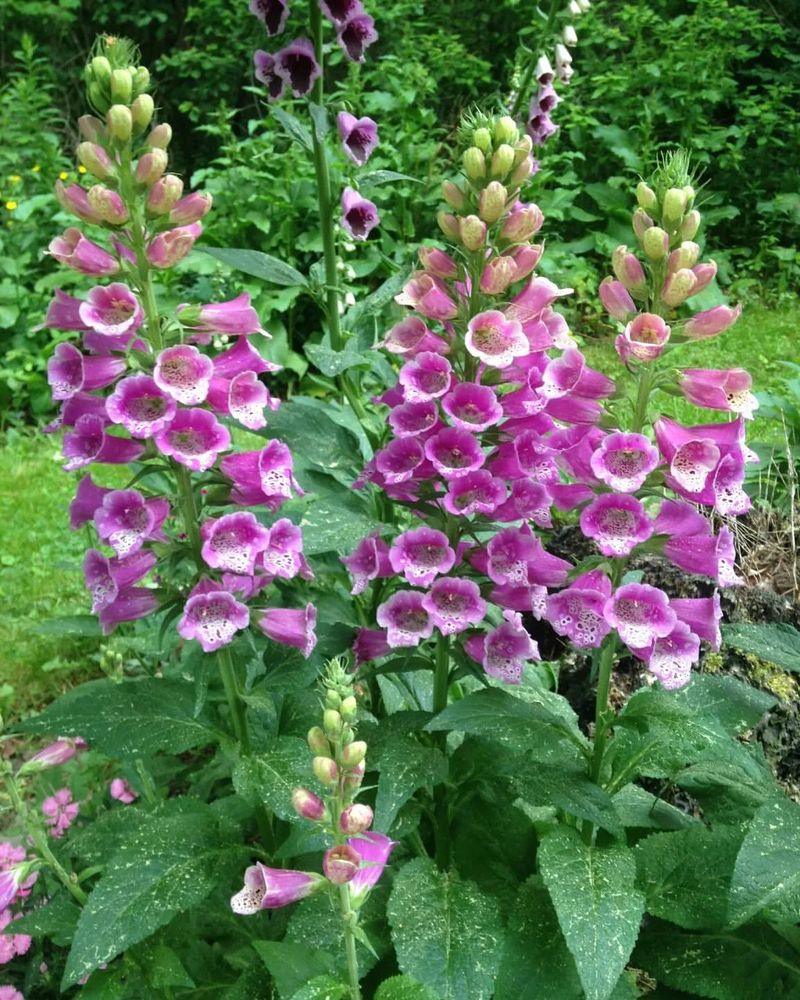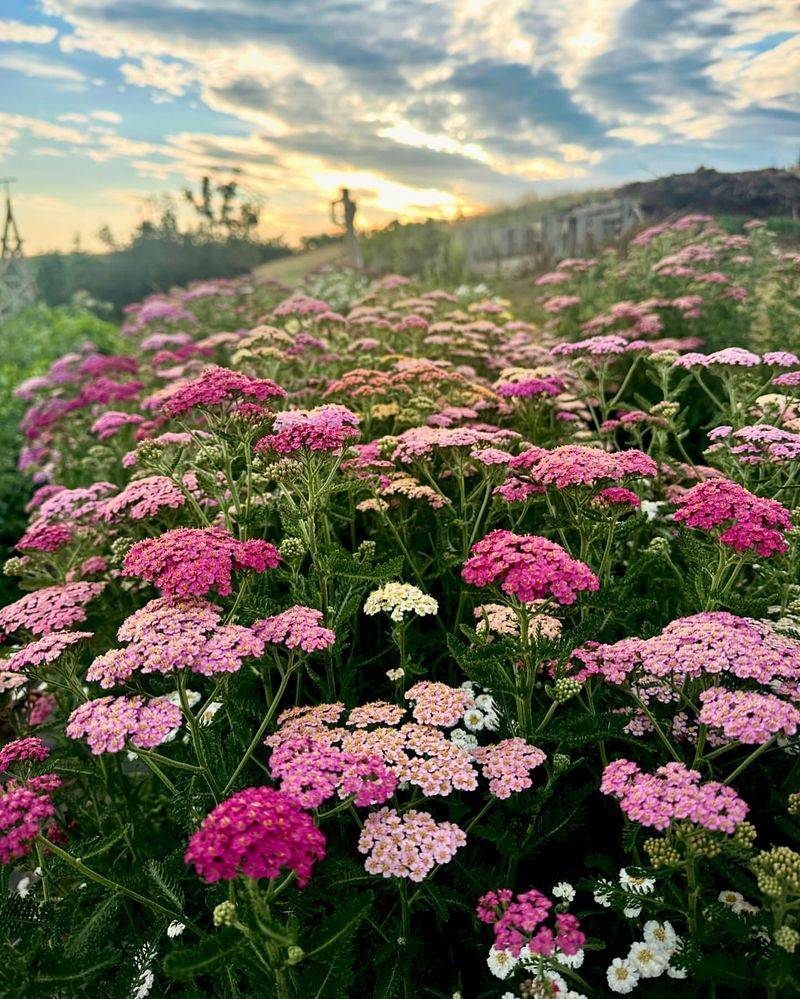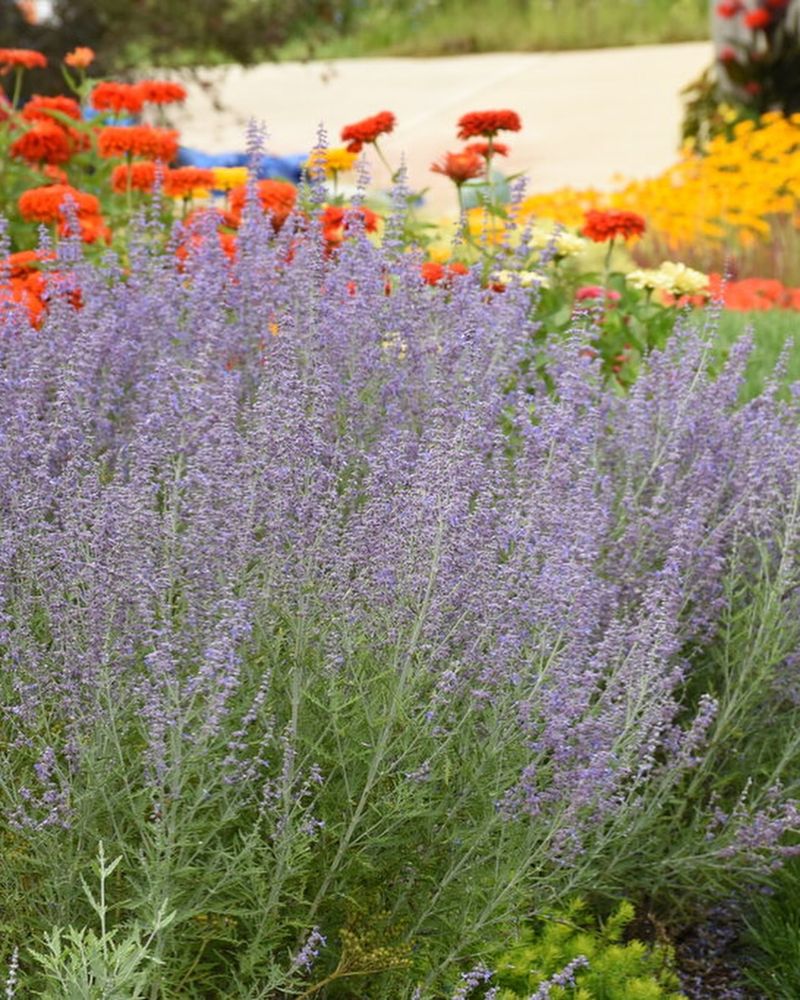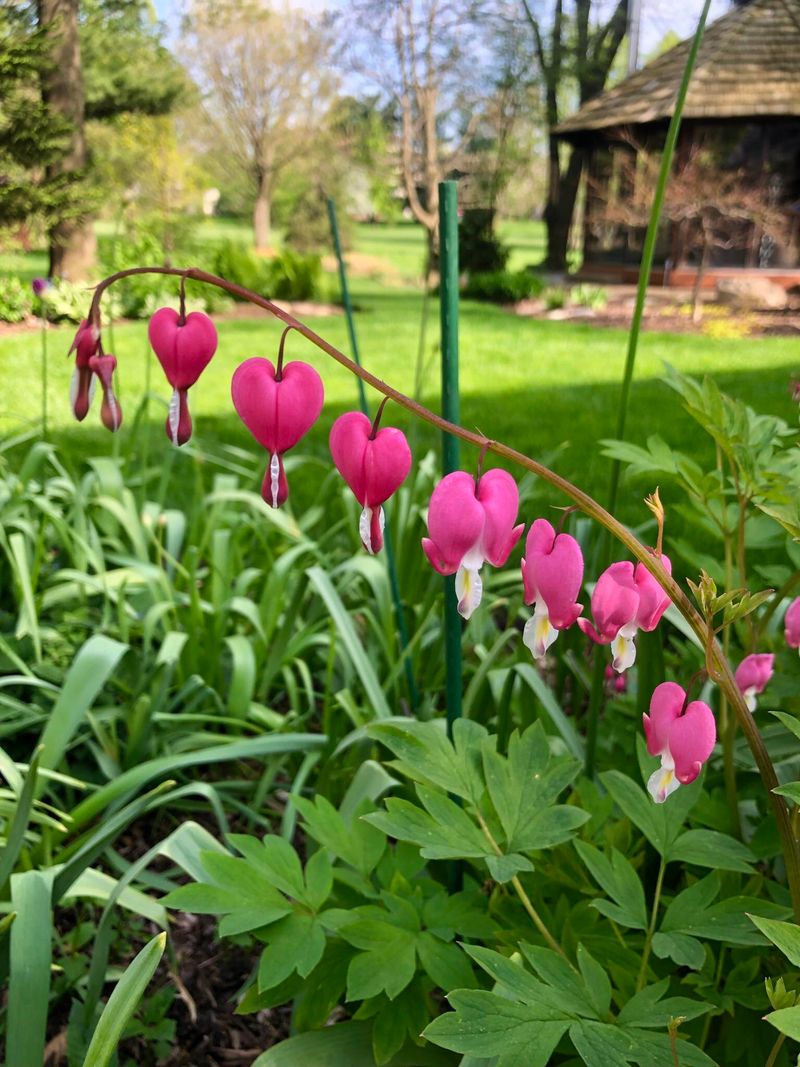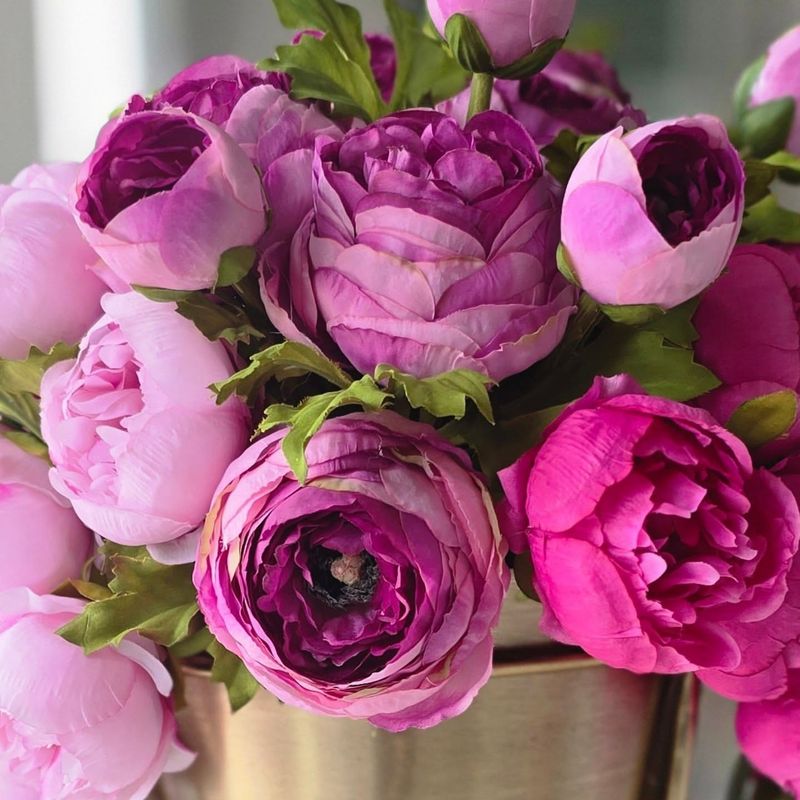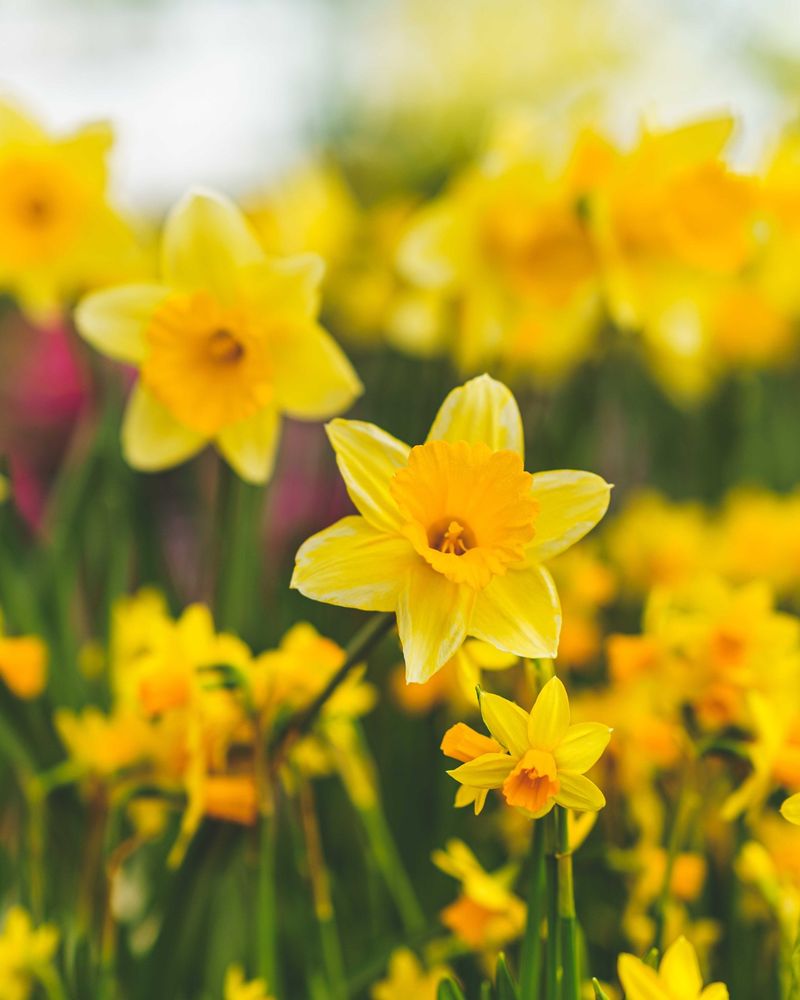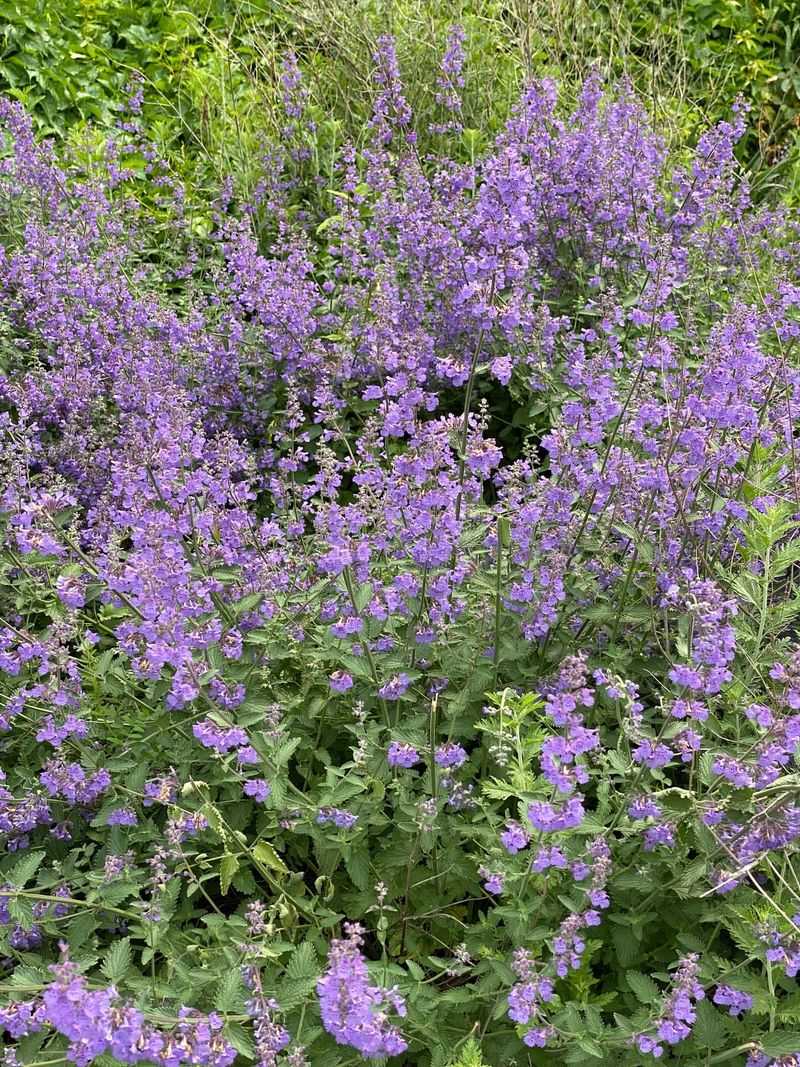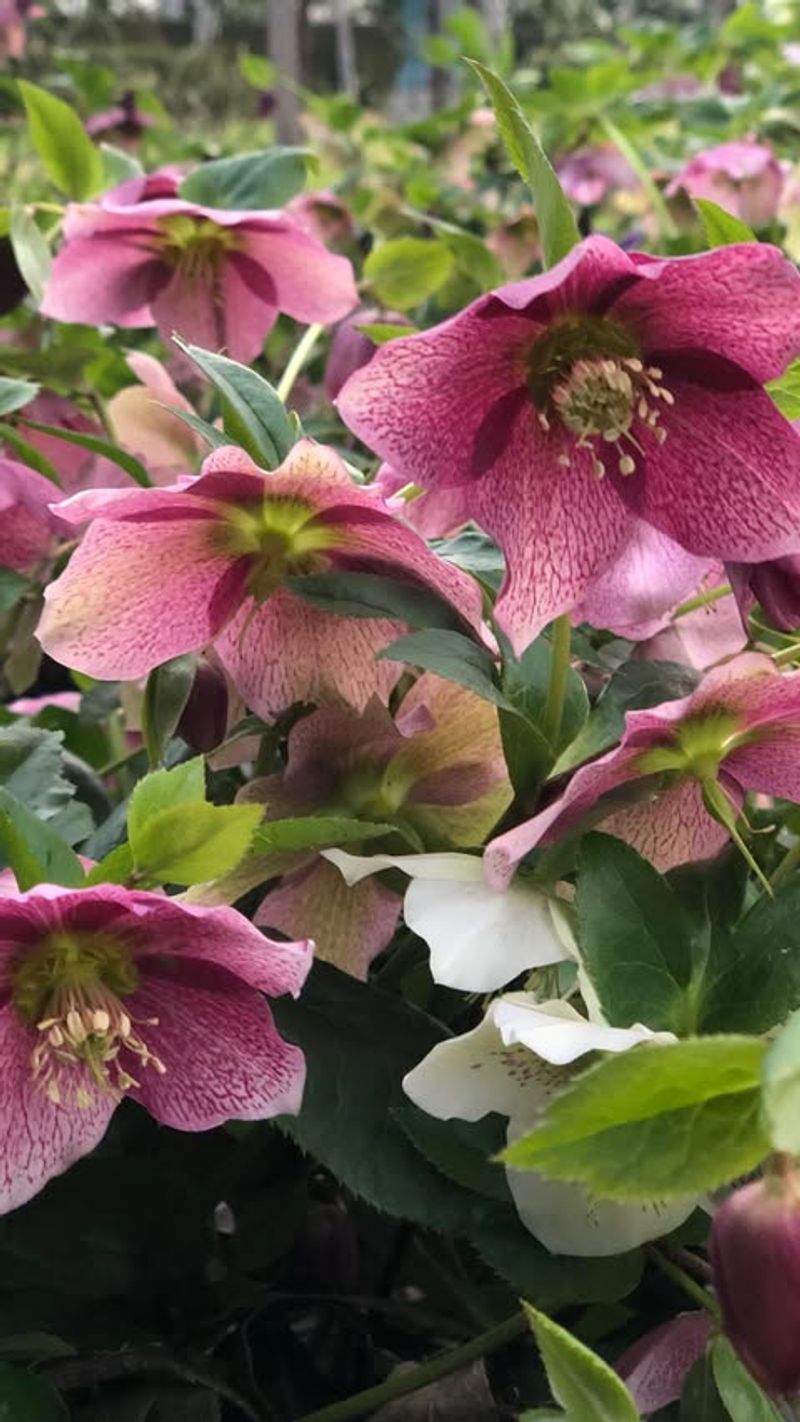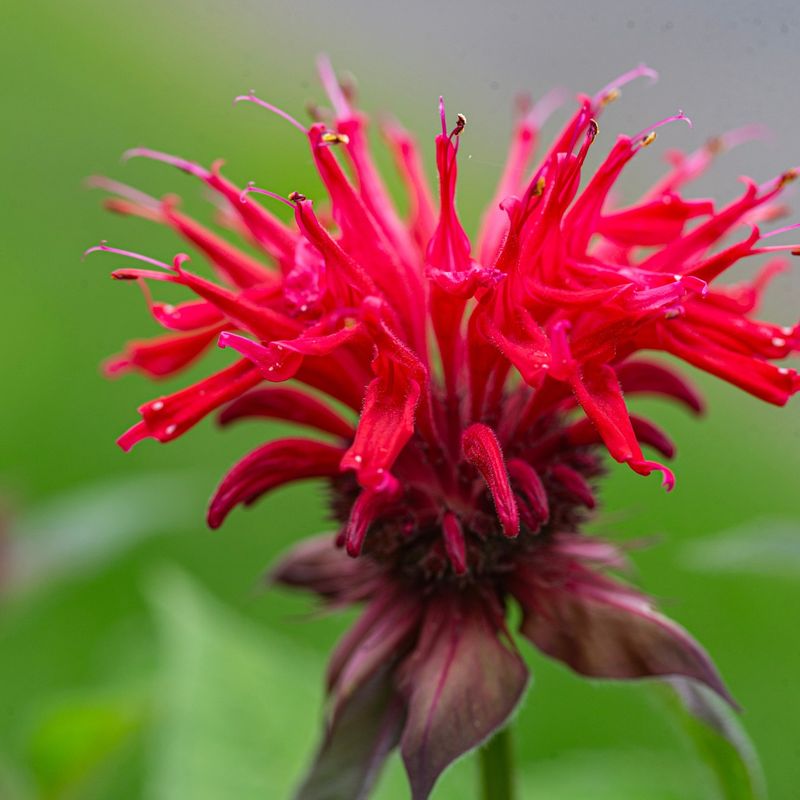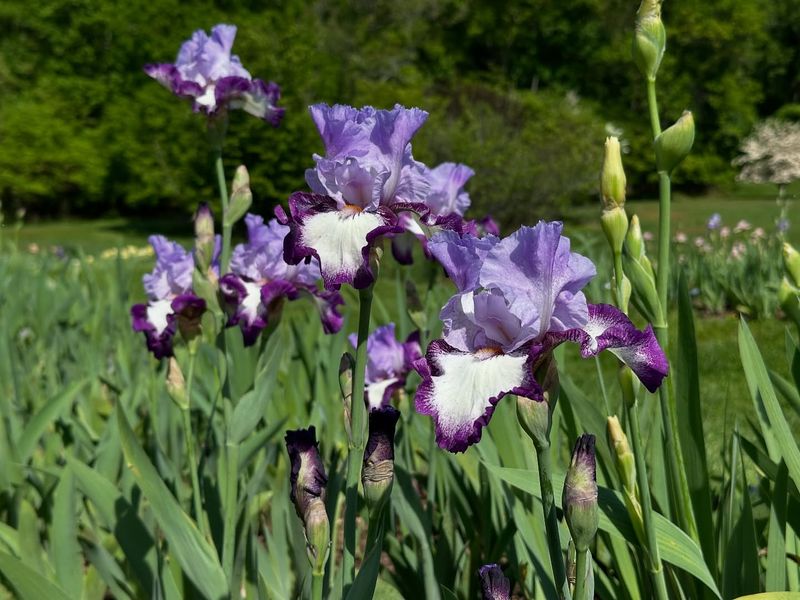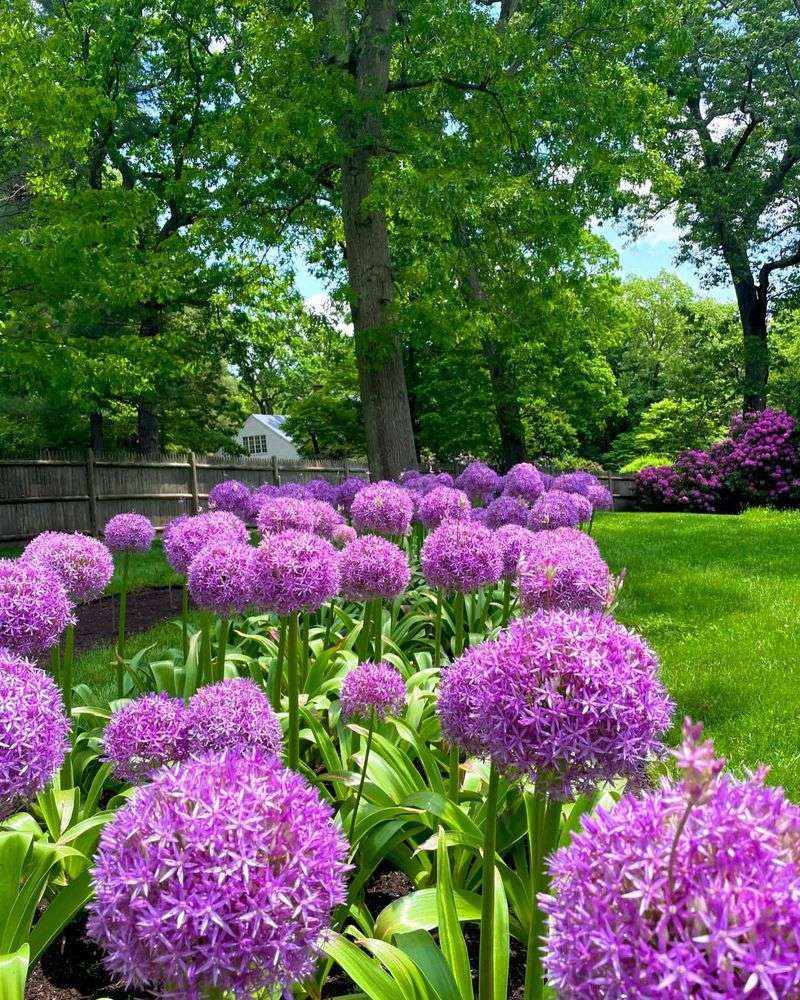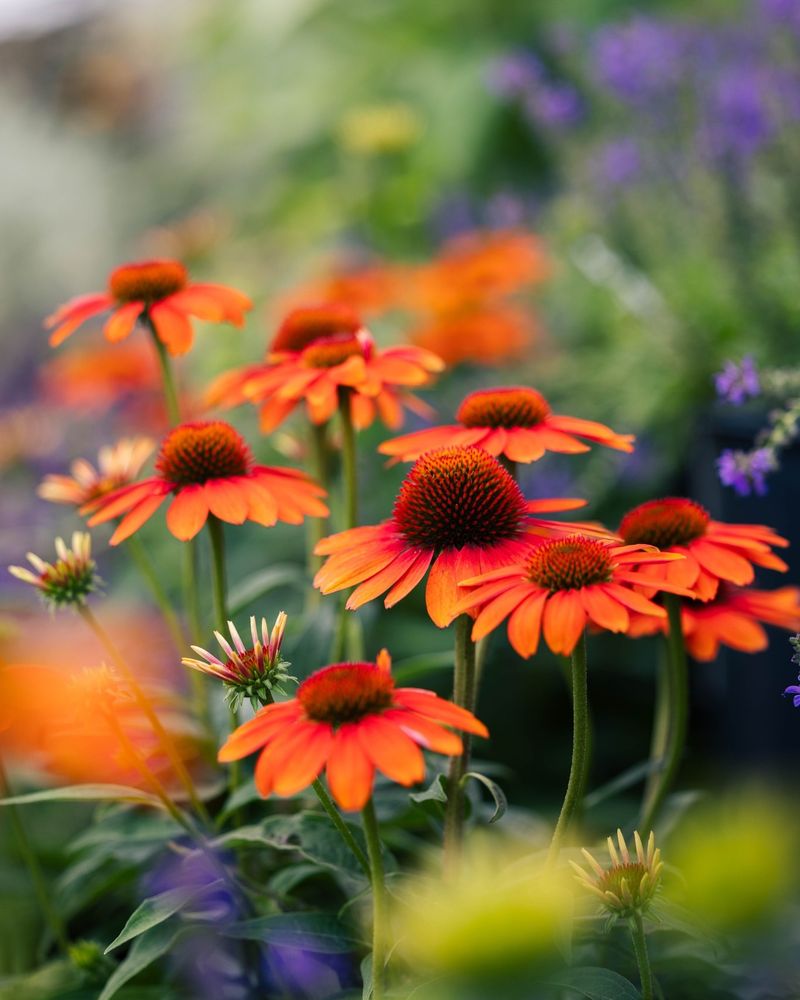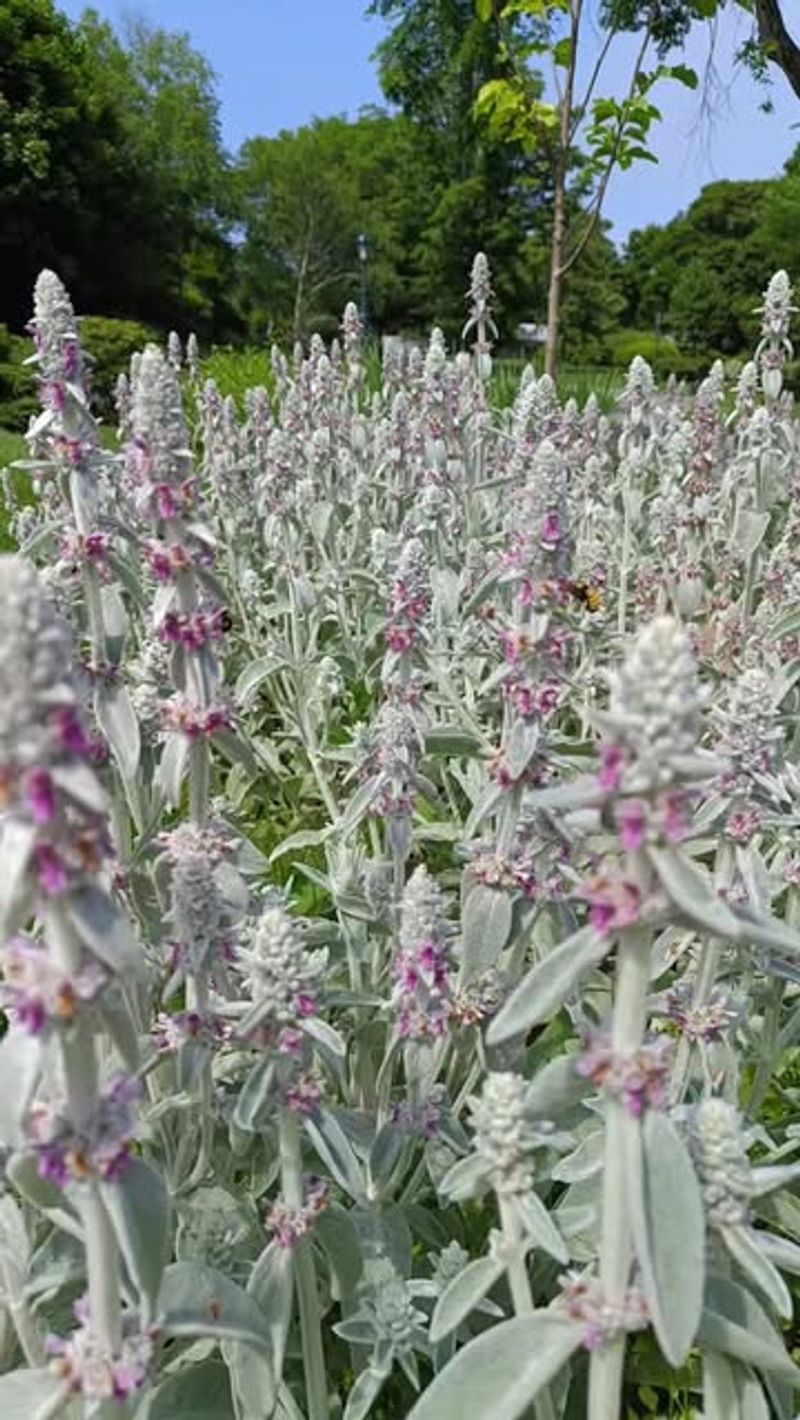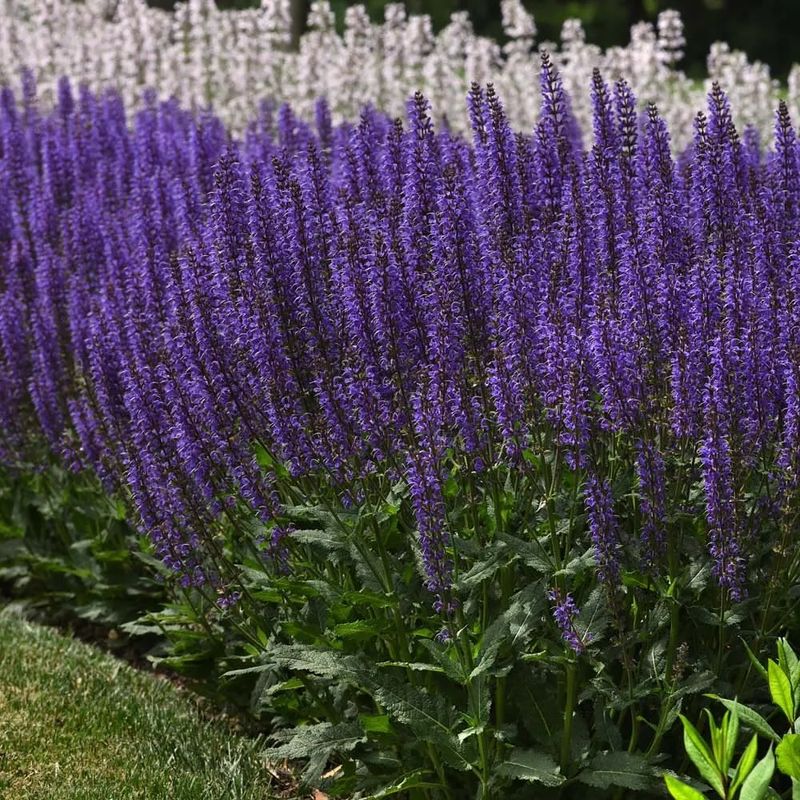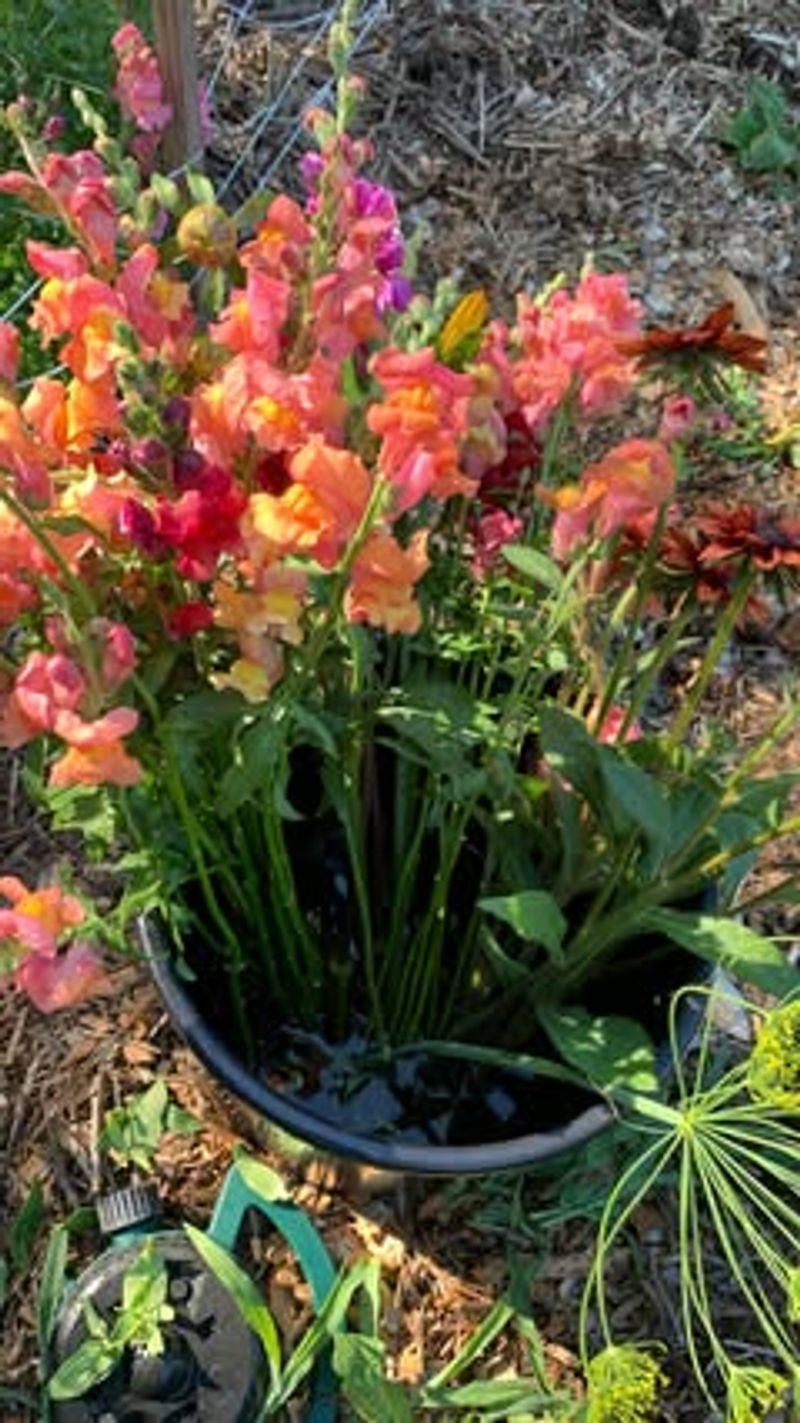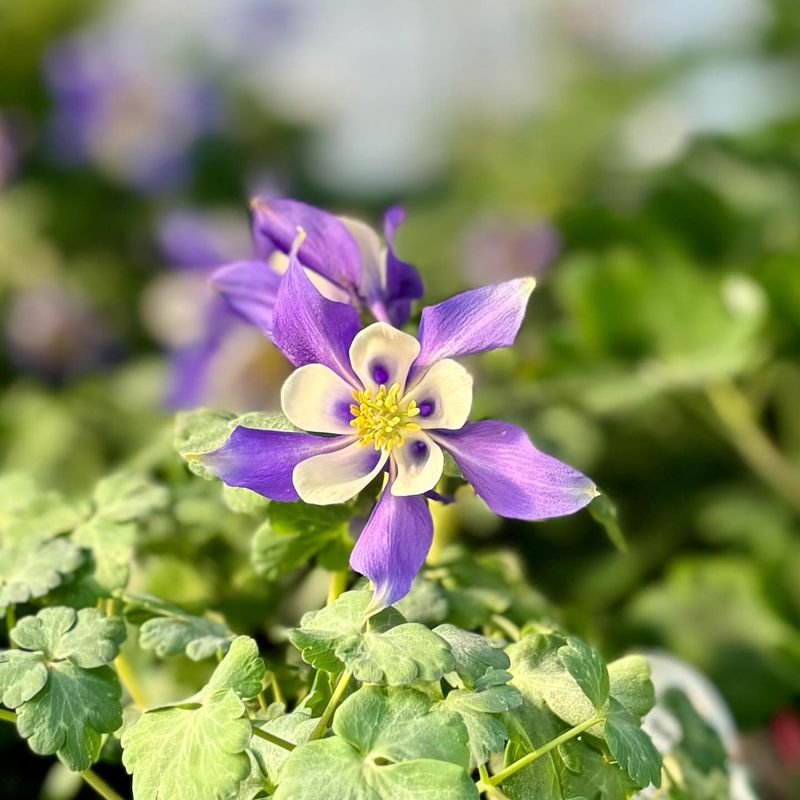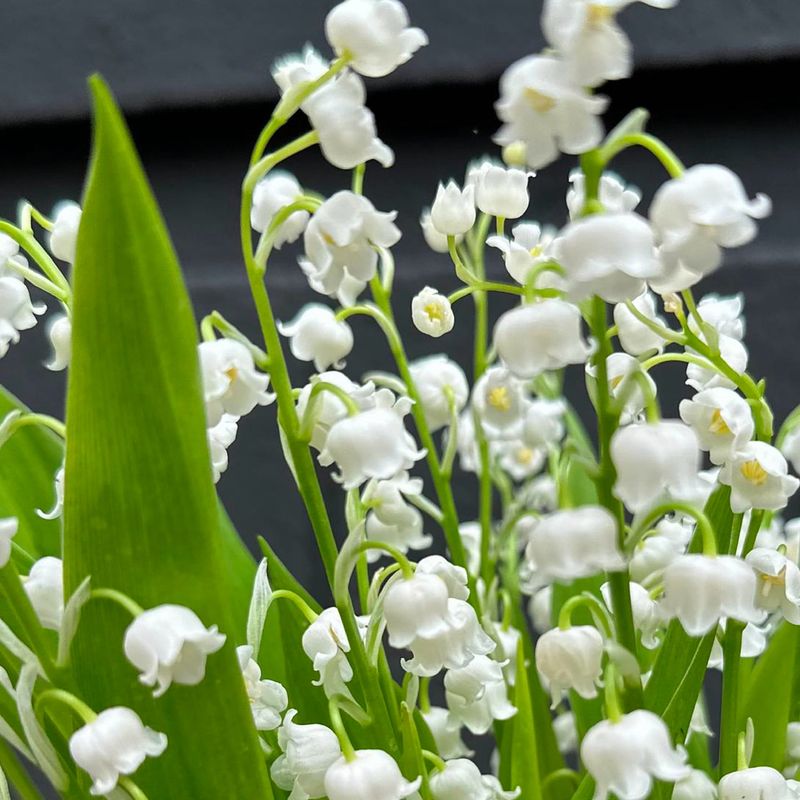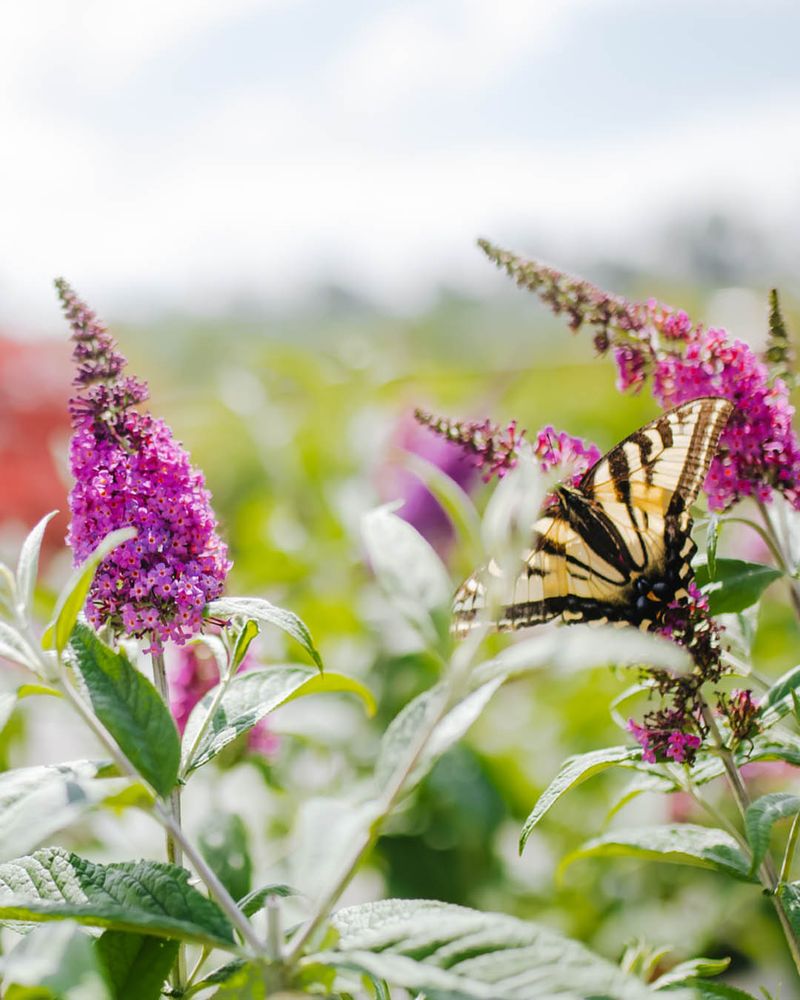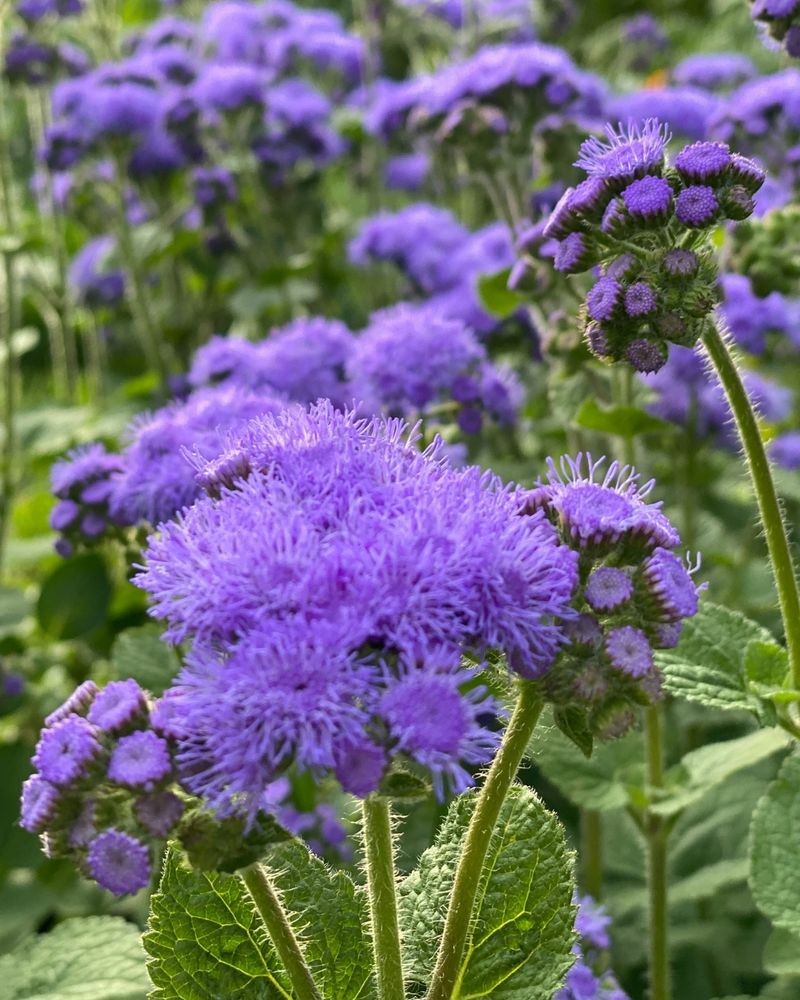If you’ve got hungry deer roaming through your yard in Pennsylvania, I feel your pain. They’ve munched more of my flowers than I care to admit—but not anymore!
There are beautiful blooms they tend to skip, and planting them now can save you a ton of frustration. I’ve found a few favorites that thrive here and don’t end up on the dinner menu.
Let’s help your garden look great and stay safe from those sneaky grazers!
1. Lavender
The strong fragrance that makes lavender a favorite in Pennsylvania gardens is exactly what keeps deer away. Its silvery-purple spikes add both color and texture to borders and beds.
Hardy enough to survive Pennsylvania winters with proper mulching, lavender thrives in sunny spots with well-drained soil. Plant it along walkways where brushing against it releases its calming scent.
2. Foxglove
Towering spikes of tubular blooms make foxglove a dramatic addition to Pennsylvania woodland gardens. Deer avoid these beautiful flowers because they contain toxins that make them unpalatable.
Preferring partial shade in Pennsylvania landscapes, foxglove self-seeds readily, creating naturalized colonies over time. Remember that all parts are poisonous, so place them away from areas where children and pets play frequently.
3. Yarrow
Flat-topped flower clusters in shades from white to yellow to red make yarrow a versatile choice for Pennsylvania perennial beds. Its feathery foliage has a strong scent that naturally repels browsing deer.
Thriving in Pennsylvania’s hot summers, yarrow is drought-tolerant once established and attracts beneficial pollinators. Cut spent blooms to encourage more flowers and prevent excessive self-seeding in your Pennsylvania garden beds.
4. Russian Sage
Wispy clouds of tiny lavender-blue flowers create a dreamy effect in Pennsylvania gardens from midsummer into fall. The aromatic silver-gray foliage has a pungent scent that deer find particularly offensive.
Heat and drought tolerance make Russian sage perfect for challenging Pennsylvania garden spots. Its upright habit adds valuable structure to perennial borders while requiring minimal maintenance once established in well-drained soil.
5. Bleeding Heart
Heart-shaped blooms dangling from arching stems make bleeding heart a charming addition to Pennsylvania shade gardens. The unique flowers appear in spring before the plant goes dormant during Pennsylvania’s hot summers.
Deer typically avoid bleeding heart’s delicate foliage, making it perfect for woodland settings throughout the state. Plant with late-emerging perennials that will fill in when bleeding heart foliage fades in Pennsylvania’s summer heat.
6. Peony
Lush, fragrant blooms make peonies a Pennsylvania garden classic that deer generally leave alone. Their glossy foliage remains attractive even after the spectacular flowering period ends in early summer.
Peonies can thrive for decades in Pennsylvania gardens with minimal care once established. Plant them in full sun with good air circulation to prevent fungal issues that can sometimes occur in Pennsylvania’s humid conditions.
7. Daffodil
Cheerful yellow trumpets announce spring’s arrival in Pennsylvania gardens, often while patches of snow still linger. Deer avoid daffodils because they contain lycorine, a bitter compound toxic to many animals.
Plant daffodil bulbs in fall for reliable Pennsylvania spring color year after year. Naturalize them in woodland edges or lawn areas where they can multiply undisturbed, creating stunning golden drifts throughout your Pennsylvania landscape.
8. Catmint
Soft mounds of gray-green foliage topped with lavender-blue flower spikes make catmint a long-blooming Pennsylvania garden staple. Its minty fragrance is beloved by cats but typically avoided by deer throughout the growing season.
Thriving in Pennsylvania’s full sun, catmint forms tidy clumps that work beautifully as edging plants. Shear back after the first flush of flowers to encourage fresh growth and more blooms in your Pennsylvania perennial border.
9. Hellebore
Winter-blooming hellebores bring welcome color to Pennsylvania gardens when little else is flowering. Their leathery, evergreen foliage and slightly bitter taste make them unappetizing to hungry deer.
Sometimes called Lenten roses, hellebores thrive in Pennsylvania’s woodland settings with dappled shade. Once established, they’re remarkably drought-tolerant and will self-seed gently, creating charming colonies throughout Pennsylvania shade gardens.
10. Bee Balm
Vibrant red, pink, or purple pom-pom flowers atop tall stems make bee balm a Pennsylvania garden showstopper. Its highly aromatic foliage has a minty-citrus scent that deer typically avoid, even in heavily browsed areas.
Native to Pennsylvania, bee balm attracts hummingbirds, butterflies, and beneficial insects to your garden. Choose mildew-resistant varieties that perform well in Pennsylvania’s humid summer conditions for best results in your garden.
11. Iris
Elegant blooms in every color imaginable make iris a Pennsylvania garden favorite, while their sword-like leaves contain compounds deer find distasteful. Different varieties offer blooms from spring through early summer in Pennsylvania gardens.
Bearded iris prefer sunny, well-drained spots in Pennsylvania landscapes, while Japanese and Siberian types tolerate moister conditions. Divide overcrowded clumps every few years to maintain vigorous flowering in your Pennsylvania garden beds.
12. Allium
Perfect purple globes floating above slender stems create magical effects in Pennsylvania gardens in late spring. Being members of the onion family, alliums have a distinct scent that naturally deters deer browsing.
Plant allium bulbs in fall throughout Pennsylvania for reliable spring and early summer interest. Their architectural seed heads continue to add structure to garden beds long after the flowers have faded in Pennsylvania’s summer heat.
13. Coneflower
Daisy-like blooms with distinctive raised centers make coneflowers a Pennsylvania native garden essential. While deer occasionally nibble young plants, established coneflowers are generally left alone in most Pennsylvania gardens.
Extremely heat and drought tolerant once established, coneflowers thrive in Pennsylvania’s full sun. Leave the seed heads standing through fall and winter to feed birds and add winter interest to your Pennsylvania landscape.
14. Lamb’s Ear
Velvety silver foliage forms soft mounds that add wonderful texture to Pennsylvania garden borders. The fuzzy leaves feel unpleasant in deer mouths, making lamb’s ear one of the most reliable deer-resistant plants for Pennsylvania landscapes.
Thriving in full Pennsylvania sun, lamb’s ear tolerates poor soil and drought conditions beautifully. The pale purple flower spikes attract bees, but many Pennsylvania gardeners remove them to focus on the attractive foliage display.
15. Salvia
Spikes of purple, blue, or white flowers attract pollinators while deterring deer in Pennsylvania gardens. The aromatic foliage contains compounds that give salvia a bitter taste that browsing animals avoid.
Drought-tolerant once established, salvias thrive in Pennsylvania’s hot summer conditions. Deadhead spent blooms to encourage repeat flowering throughout the growing season in Pennsylvania perennial borders.
16. Snapdragon
Colorful spires of dragon-mouth flowers bring vertical interest to Pennsylvania gardens from spring through fall. Their bitter taste makes snapdragons unappealing to deer, even when other food sources are scarce.
While technically perennials, snapdragons are often grown as annuals in Pennsylvania’s climate. Plant them in masses for best effect, choosing heat-tolerant varieties that will perform well through Pennsylvania’s summer months.
17. Columbine
Delicate, nodding flowers with distinctive spurred petals dance above lacy foliage in Pennsylvania spring gardens. Deer typically avoid columbine’s slightly toxic foliage, making it perfect for woodland garden edges.
Native columbines are particularly well-adapted to Pennsylvania’s growing conditions. They self-seed readily in favorable locations, creating charming colonies throughout Pennsylvania gardens while attracting important early-season pollinators.
18. Lily of the Valley
Sweetly scented white bells nodding above glossy green leaves create a charming groundcover for shady Pennsylvania spots. Despite their delicate appearance, deer avoid lily of the valley due to its toxic properties.
Thriving in Pennsylvania’s woodland settings, lily of the valley spreads to form lush carpets over time. Use in shaded areas where other plants struggle, but be mindful of its vigorous nature in Pennsylvania gardens.
19. Butterfly Bush
Long, fragrant flower panicles in purple, pink, or white attract butterflies but not deer in Pennsylvania gardens. The slightly fuzzy foliage and aromatic nature make butterfly bush unpalatable to browsing animals.
Thriving in Pennsylvania’s full sun, butterfly bush provides summer-long color with minimal maintenance. Choose compact, non-invasive varieties for Pennsylvania gardens, as some older types can spread aggressively in certain conditions.
20. Ageratum
Fluffy blue-purple flower clusters add cool color to Pennsylvania gardens from summer until frost. The slightly fuzzy texture and bitter taste make ageratum unappealing to deer throughout the growing season.
Perfect for Pennsylvania garden edges and containers, ageratum maintains a tidy, mounded habit. Its powder-blue blooms combine beautifully with other deer-resistant annuals in Pennsylvania summer gardens.

